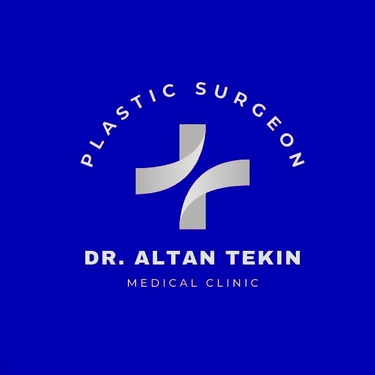CONTACT US: +90 544 138 84 64
Fat Transfer To Face
A fat transfer procedure is also known as fat grafting or fat injection transfers fat from body areas where excess fat exists, such as the inner thighs to areas where the volume may be lacking; for example the buttocks, breasts, face or hands.
From The American Society for Aesthetic Plastic Surgery’s Smart Beauty Guide: This safe, long-lasting, well-tolerated procedure produces natural-looking results. Every year, thousands of people undergo successful fat grafting and are pleased with the results.


How do Fat Transfers Work?
Harvesting: The patient and their surgeon will decide on an area of the body for fat removal. After a local anesthetic is applied a small incision is made in this area and by using a thin tube called a cannula connected to a syringe is inserted and then fat is extracted (liposuction).
Purification and transfer: Purification may require a centrifuge to spin the fat or impurities may be removed by way of a filtration process. The extracted fat is then processed for transfer by injection with small syringes.
Placement: The surgeon will insert a needle or cannula in the designated area for transfer. Generally, the injection needle is passed in and out multiple times and a line of fatty tissue is deposited in natural tissue creating a grid of natural fat.
What Areas of the Body Can Fat Transfers be Applied?
Hand rejuvenation
Facial areas such as laugh lines, crow’s feet and smile lines
Breast augmentation for modest increase in breast size
Breast implants plus fat grafting
Buttocks such as Brazilian Butt Lift
Compared to Synthetic Dermal Fillers:
When you use synthetic dermal fillers to reduce wrinkles and lines, there’s a chance you will experience an allergic reaction to the filler. Since your body’s fat is acting as the dermal filler in a fat transfer, there’s no chance of a similar complication. What’s more, dermal fillers break down in the body so they must be repeated every few months.


